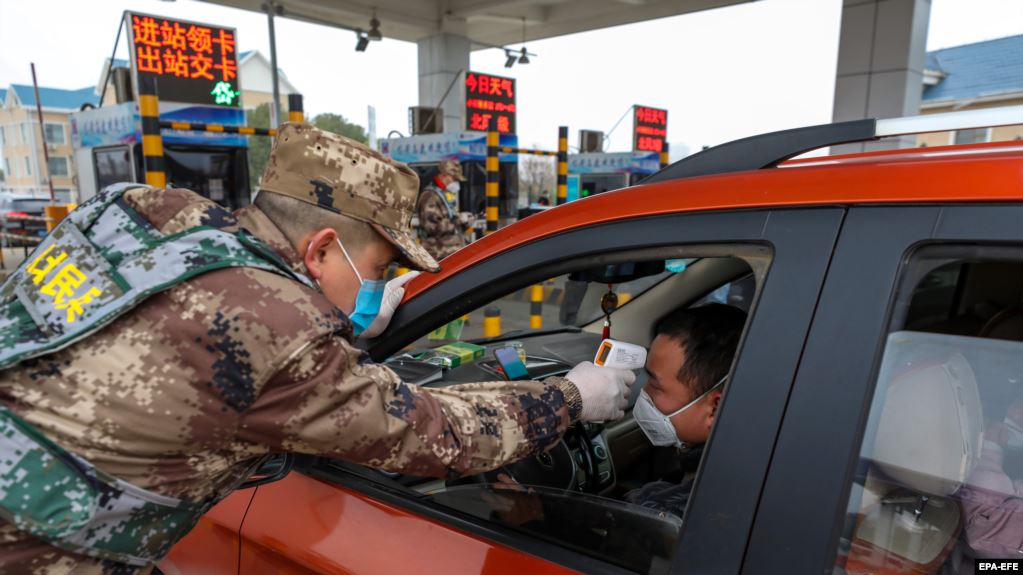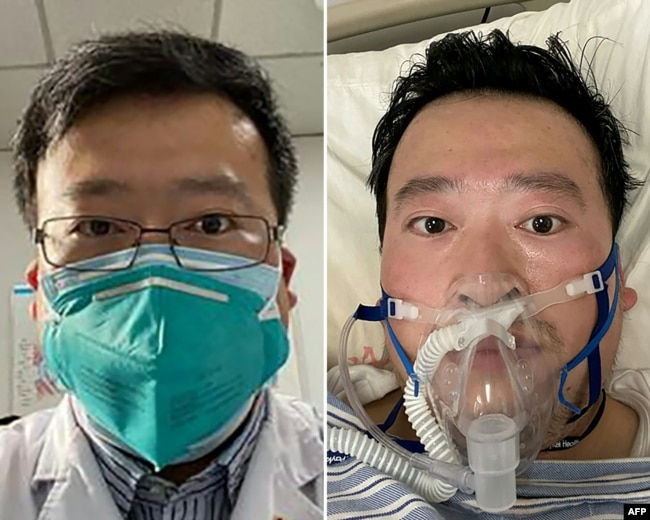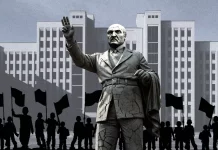
By Polygraph
Xinhua News
State-run news agency
“Ma Xiaowei, director of the National Health Commission, said there is ‘no delay or cover-up’ in the Chinese government’s response to the COVID-19 outbreak.”
Source: Xinhua, June 7, 2020
FALSE
On June 7, China’s official Xinhua news agency reported the publication of a government white paper detailing the country’s response to the COVID-19 novel coronavirus outbreak and subsequent pandemic, believed to have originated in the city of Wuhan, Hubei province. Titled “Fighting COVID-19: China in Action,” the paper includes effusive praise for the ruling Communist Party of China (CPC).
“After weathering the epidemic, the Chinese people have keenly realized that the CPC leadership is the most reliable shelter against storms,” Xinhua quoted the white paper as stating. According the news agency, it also says: “This highly efficient system has made it possible for China to win its all-out people’s war against the virus.”
The Xinhua article also responded to charges from U.S. officials and others that Chinese authorities covered up the initial novel coronavirus outbreak and delayed announcing its existence.
It quoted Ma Xiaowei, director of the National Health Commission, as saying there is “no delay or cover-up” in the Chinese government’s response to the COVID-19 outbreak.
That claim is false.
In April, Polygraph.info published a factcheck debunking the Chinese government’s claim that it promptly alerted the international community about a new viral outbreak in Wuhan in late December 2019. In fact, cases of the new virus were detected as early as the first week of December, meaning the Chinese government’s chronology shows its response came two weeks into the outbreak.
Additionally, the South China Morning Post reported on June 7 that the Chinese authorities’ censorship of social media and crackdown on independent journalists may have delayed steps to control the pandemic, potentially increasing the number of coronavirus infections.
“Research published in the journal ‘Nature’ last month estimated that if strong intervention had been taken against Covid-19 in China a week earlier, cases could have been ‘dramatically reduced’ by 66 per cent,” SCMP reported.
“Acting three weeks earlier, at the start of January, would have reduced the number of cases by 95 per cent, according to the paper by scientists from China, the United States and Britain.”
SCMP also reported that, along with censorship of domestic social media platforms such as Weibo, the Chinese analog to Twitter, the fact that China’s internet is inside a government firewall made it difficult for information about the outbreak to reach the rest of the world, leaving the international community ignorant of the danger.
While Chinese authorities removed social media posts about the illness, police investigated doctors who posted about the discovery of a strange new disease – perhaps the most prominent being Li Wenliang, an ophthalmologist working in a Wuhan hospital. On December 30, 2019, Wenliang wrote on WeChat (a Chinese messenger app) about an unusual number of patients being diagnosed with a disease like SARS, the virus that killed nearly 800 people in China between 2002 and 2004.
This time, however, the virus was not SARS, but the novel coronavirus, which would be officially designated as SARS-CoV-2. Li was reprimanded by Wuhan’s Public Security Bureau for “making false statements” online after he warned fellow medical workers about the possible new outbreak.

Other doctors were similarly targeted for trying to warn the public about the new illness while local authorities in Wuhan played down the threat, losing crucial time to act. Li Wenliang himself contracted the virus and died on February 7, 2020.
While the World Health Organization publicly praised Chinese authorities’ response to the pandemic throughout the critical month of January 2020, WHO officials privately complained about delays and stonewalling by Chinese authorities. Chinese health officials delayed releasing a genome of the virus for more than a week after it was mapped, and waited even longer to release vital patient data.
The lack of transparency also had larger consequences for the WHO.
On May 29, U.S. President Donald Trump announced that the United States would pull out of the WHO, citing its handling of the pandemic in China. Some of Trump’s claims about the WHO’s failings were found to be false, and Trump himself had praised China’s efforts back in January. Still, the WHO’s praise for China’s government while WHO officials on the ground in China were facing bureaucratic obstacles and delays contributed to the impression that the WHO was overly deferential to the Chinese.
Another accusation leveled at the Chinese government both by the United States and European countries was that China, along with others, disseminated disinformation about the virus.
On June 10, a European Commission report blamed China and Russia for what it called the “unprecedented” spreading of fake news during the pandemic.
“What we also witnessed is a surge in narratives undermining our democracies and in effect our response to the crisis, for example the claim there are secret U.S. biological laboratories on former Soviet republics has been spread by both pro-Kremlin outlets, as well as Chinese officials and state media,” said Vĕra Jourová, a European commission vice-president, reported by The Guardian newspaper.
Polygraph.info has reported on earlier instances of Chinese state media disseminating such disinfo.
By Polygraph




